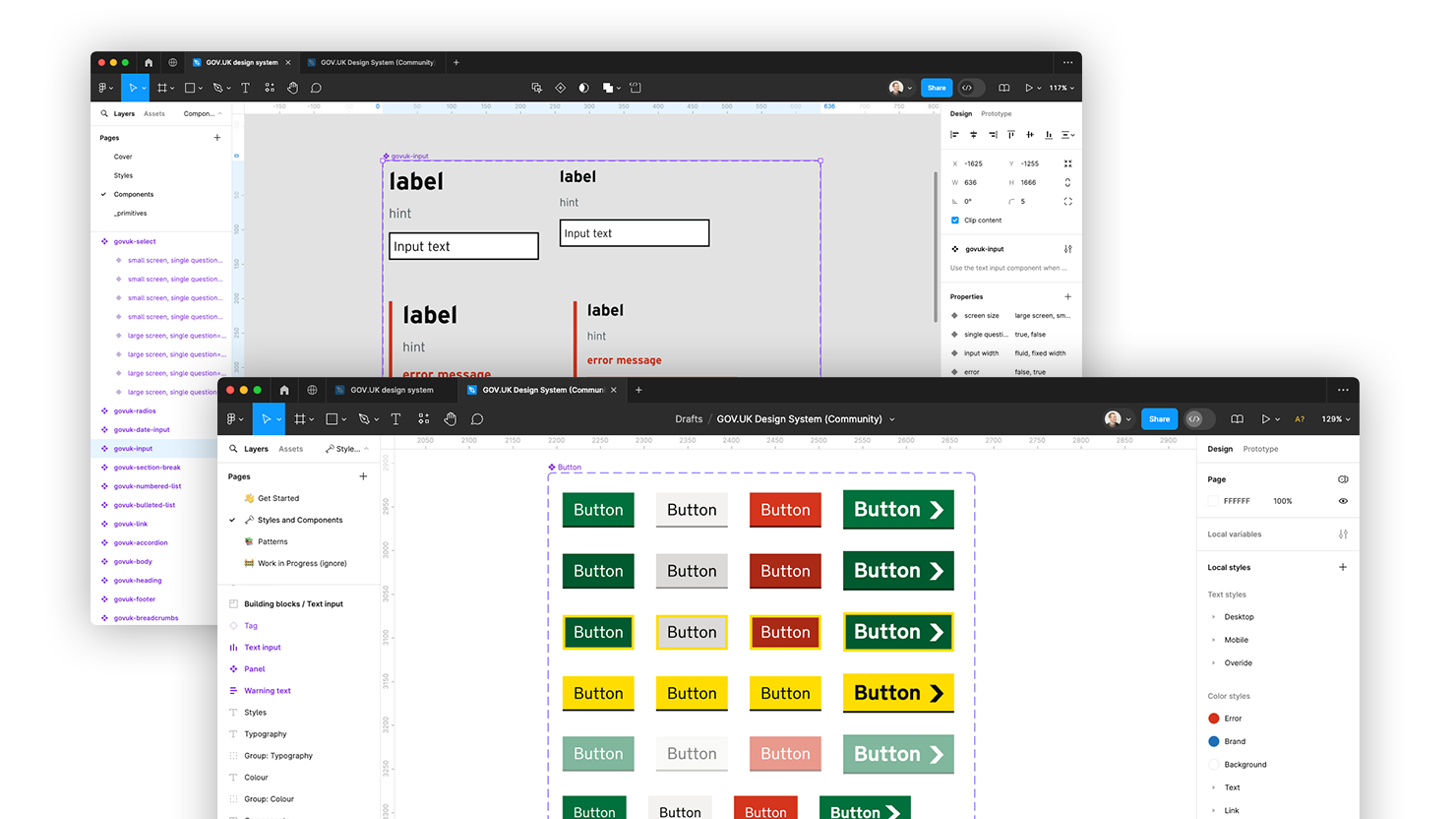You Are Your Website
Imagine it. I want to give you money – by signing up to become a paying member on your website. So I find your site and look for the quickest, easiest way to get to the sign up page.
But I can’t find it. Sometimes you’re talking about signing up, other times about registering. There are two links: one for becoming a member and the other one for joining. If they are different, I’m not sure which one I need. When I find a page called ‘How to sign up as a member’ it tells me both ‘Click the Apply for Membership tab’ and ‘Click here to proceed’.
Well, which one is it?
I take a risk, click one, and fill in the application form (even though the button says ‘register’, not apply). Then comes the most baffling part of the whole process. Your website tells me:
You are already a member.
I am not already a member. I have never signed up or given you any money for membership before.
But just to make sure, I go back to your question ‘is your organisation already registered?’ and search for my company’s name. Nothing happens. You tell me neither that I am nor that I am not.
Am I going mad? Perhaps I am already a member? Perhaps your sales rep got me drunk one night and I signed up on the spot and Timothy Taylor erased the memory?
So I try to log in to find out. I get an error page.
Do I still want to give you money?
After the awful experience: a serious point about your brand
The point of this true story (I haven’t the heart to name the company here) is that I nearly posted on Twitter: ‘I am trying to give money to [name redacted]. They make it very difficult.’ I realised that might seem a little unfair, and posted instead:
'I am trying to give money to the [name redacted]. Their website makes it very difficult.'
Can you spot the crucial difference? The first equates the website with the company. They make it difficult to give money. The second gives them the benefit of the doubt. It's just their website that is at fault.
But guess which way your average consumer will describe it?
They make it hard to subscribe.They see your website – as you.
To your customers, you and your website are one and the same
As a prominent interface between your company and the public, your site represents your company to people so completely that it is you. It is who you are.
If that is true – how do you feel about what is on it? Does it really describe what you are like? Is the experience visitors have on it congruent with what you’d like them to think about you? Do your claims stand up?
Having given up on trying to register on the website above, I checked out their About Us page. Amid talk of ‘technology-enabled enterprise’ and ‘raising Cambridge’s game’, was the claim that they achieved their commitments using ‘technology’.
Yeah, right. Forgive me for laughing.
If you claim one thing but the experience on your website suggests another, people don’t think, ‘I’m sure they take a lot more care in the other areas of their business’. They think: liars.
If visitors to your site find broken tools and errors, they don't assume, 'never mind, technology gets the better of everyone occasionally.' They assume: these people are rubbish.
If there is a spelling mistake on your website, customers don’t say, ‘oh look, an error slipped through the spell check on this page’. They say: this company is stupid.
And maybe they’re right. After all, wouldn’t an honest, competent and smart company take care to have a website that proved it?
To most consumers, your website is the same thing as your company.
Originally published on SmyWord
Ready to solve your problems?
We'll help meet the challenges facing your growing business. Get in touch and tell us what you need, the team can't wait to hear from you.
Contact us![2295X1200 Social Media [ All ] 01](https://fluent-umbraco-hwduaufvc9h8gbad.uksouth-01.azurewebsites.net/media/scujluzj/2295x1200-social-media-all-01.jpg?width=3840&height=2160&quality=70&format=Webp)

